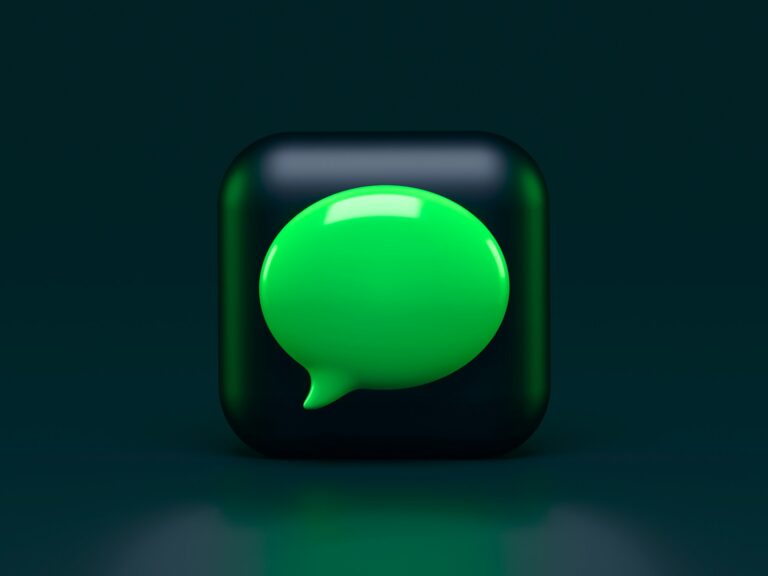The AI Revolution: A Skill You Can’t Ignore
Imagine a world where self-driving cars rule the streets, robots perform surgeries, and AI predicts market trends with mind-blowing accuracy. Well, that world is already here. According to PwC, AI is expected to contribute $15.7 trillion to the global economy by 2030. Whether you’re a student, a job seeker, or an entrepreneur, learning AI and machine learning (ML) is no longer optional—it’s a necessity.
The good news? You don’t need expensive degrees or costly courses to get started. With free resources available online, you can master AI and ML from the comfort of your home. This guide will walk you through the best platforms, learning paths, and real-world applications to help you become an AI expert—without spending a dime.
Understanding AI and Machine Learning
What is AI?
Artificial Intelligence (AI) refers to the simulation of human intelligence in machines. AI enables systems to perform tasks that typically require human cognition, such as speech recognition, decision-making, and problem-solving.
What is Machine Learning?
Machine Learning (ML) is a subset of AI that focuses on enabling machines to learn from data without being explicitly programmed. ML algorithms improve over time as they process more information, making them invaluable for applications like predictive analytics and recommendation systems.
| Key Takeaway: AI and ML are transforming industries, and mastering these skills can open doors to high-paying careers and innovative projects.
Best Free Resources to Learn AI & ML
1. Coursera & edX: Learn from Top Universities
Harvard, Stanford, and MIT offer free AI and ML courses on platforms like Coursera and edX. While certification may require payment, the course materials are available for free.
Top Free Courses:
- Machine Learning by Stanford University (Coursera) – Taught by AI pioneer Andrew Ng, this course is a must for beginners.
- Introduction to Artificial Intelligence by Harvard (edX) – Covers AI fundamentals with hands-on Python projects.
Real-World Impact: A self-taught AI enthusiast, Jeremy Howard, used online courses to master ML and later founded fast.ai, a platform now used by researchers globally.
2. Google’s AI and TensorFlow Courses
Google offers free AI training through platforms like Google AI and TensorFlow.
Best Google AI Courses:
- Machine Learning Crash Course (Google AI) – Covers ML fundamentals with interactive exercises.
- TensorFlow for Deep Learning (TensorFlow.org) – Ideal for those looking to build neural networks.
Case Study: A small startup in India used Google’s TensorFlow tutorials to create an AI-based crop disease detection system, helping farmers reduce losses by 40%.
3. Fast.ai: Practical AI for Everyone
Fast.ai offers an applied deep learning course that simplifies complex AI concepts. Unlike traditional courses, it emphasizes hands-on coding over theory.
Why It Stands Out:
- Teaches real-world AI applications using Python.
- Used by AI professionals to develop cutting-edge models.
| Key Takeaway: If you prefer hands-on learning, Fast.ai is an excellent alternative to theoretical university courses.
4. Kaggle: Learn by Doing
Kaggle is not just a competition platform; it offers free ML courses and datasets to practice real-world AI problems.
Best Learning Paths:
- Python for AI & ML – Covers essential Python libraries like Pandas and NumPy.
- Intro to Deep Learning – Helps learners build neural networks.
Success Story: A student from Brazil won a Kaggle competition and later landed a job at Google AI, all through self-learning on Kaggle.
Learning AI Without a Coding Background
Many believe AI requires expert coding skills, but that’s not entirely true. Several tools and platforms allow beginners to explore AI without programming knowledge.
1. AI Tools for Non-Coders
- Teachable Machine by Google – Enables users to create AI models with a simple drag-and-drop interface.
- Lobe.ai – A visual platform for training AI models.
2. No-Code AI Platforms
- RunwayML – Allows artists and designers to experiment with AI.
- Bubble.io – Helps build AI-powered apps without coding.
| Key Takeaway: Even if you don’t know how to code, you can still experiment with AI using user-friendly platforms.
Building Real-World AI Projects
Once you’ve grasped the fundamentals, the next step is to work on real-world projects to solidify your learning.
Project Ideas for Beginners:
- AI-Powered Chatbot – Use Dialogflow to create an AI assistant.
- Image Recognition System – Train a model to classify objects in photos.
- Stock Price Predictor – Apply ML algorithms to forecast market trends.
Why Projects Matter:
According to LinkedIn’s Emerging Jobs Report, AI engineers with hands-on project experience stand out 40% more in job applications compared to those with only theoretical knowledge.
| Key Takeaway: Theory alone won’t make you an AI expert—practical projects will.
Staying Updated with AI Trends
AI is constantly evolving, so staying updated is crucial. Here’s how:
1. Follow AI News & Blogs
- OpenAI Blog – Covers the latest AI advancements.
- Towards Data Science (Medium) – Offers practical insights and case studies.
2. Join AI Communities
- Reddit (r/MachineLearning) – Discuss AI trends with experts.
- AI & ML LinkedIn Groups – Network with professionals.
| Key Takeaway: Continuous learning is essential to keep up with AI innovations and career opportunities.
Conclusion: Start Your AI Journey Today
AI and Machine Learning are transforming industries and creating endless opportunities. The best part? You don’t need a university degree or expensive courses to get started. With free resources from Google, Coursera, and Kaggle, you can begin your AI journey today.
🚀 Take Action Now: Choose one of the free courses mentioned above and start learning. The future belongs to those who embrace AI—so why wait?
Have questions or need guidance? Drop a comment below and let’s discuss AI learning strategies!


